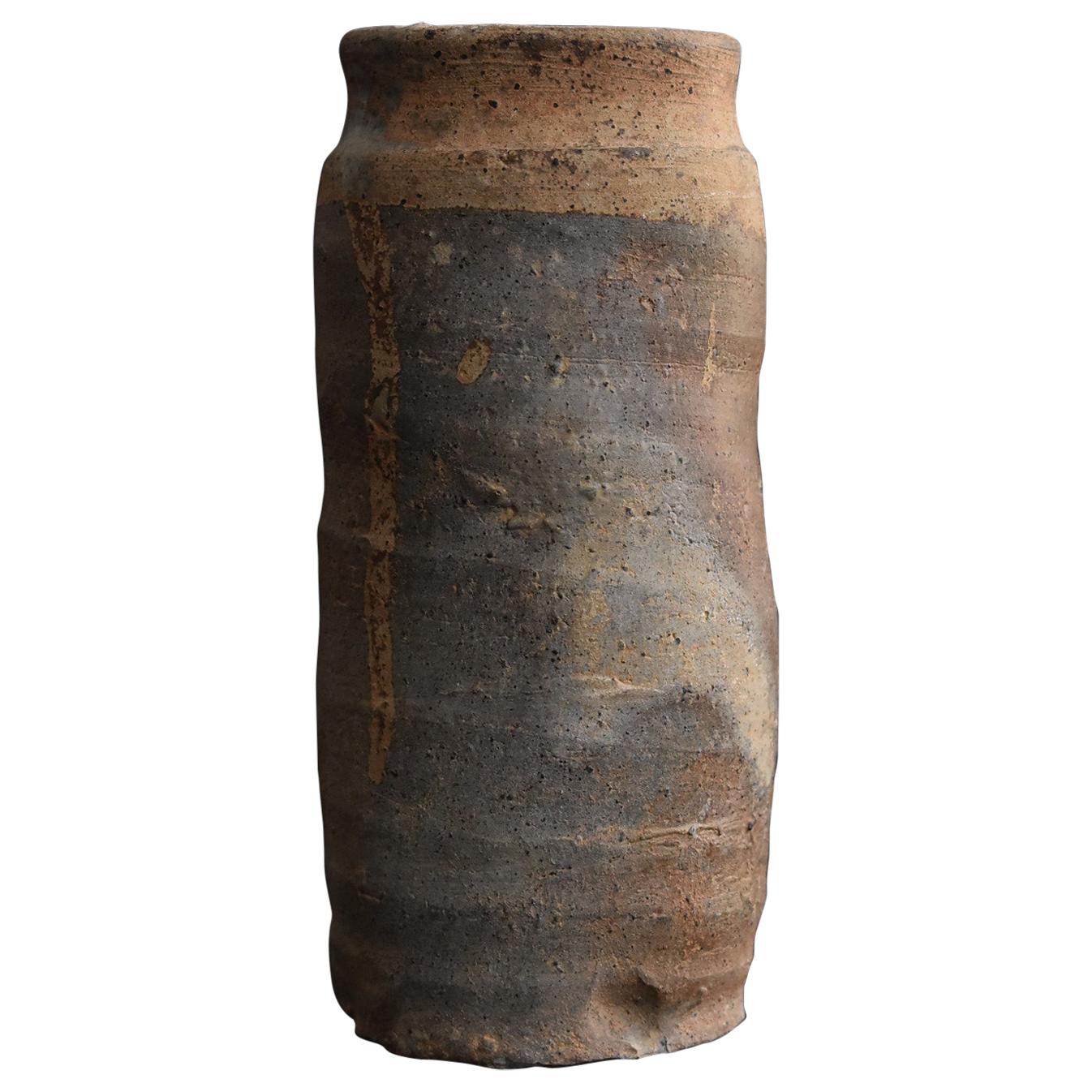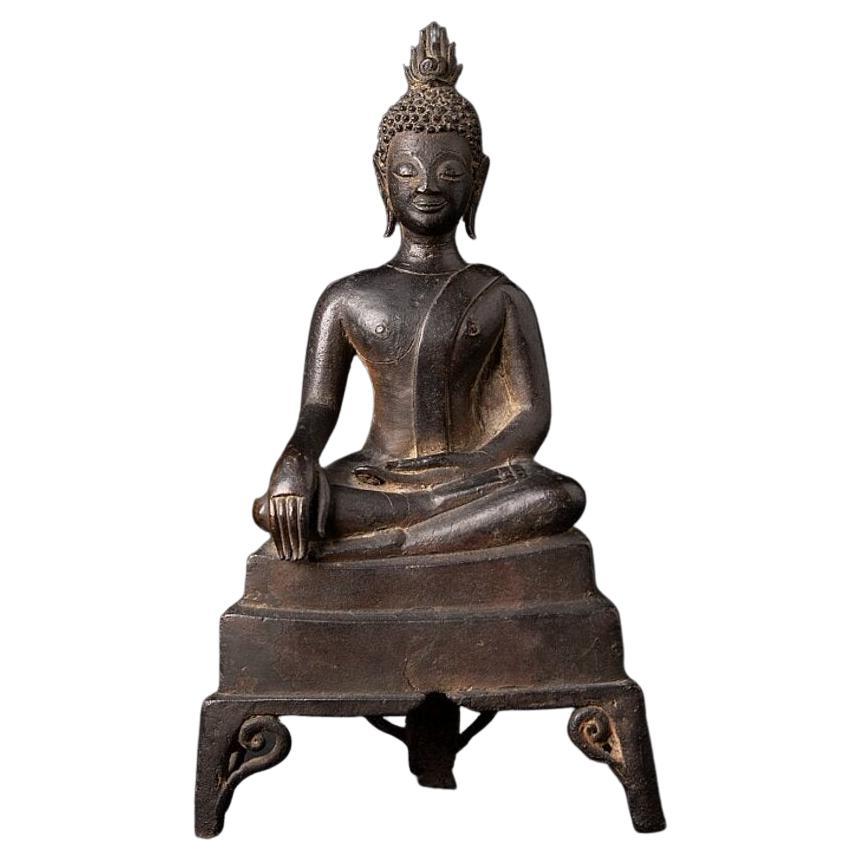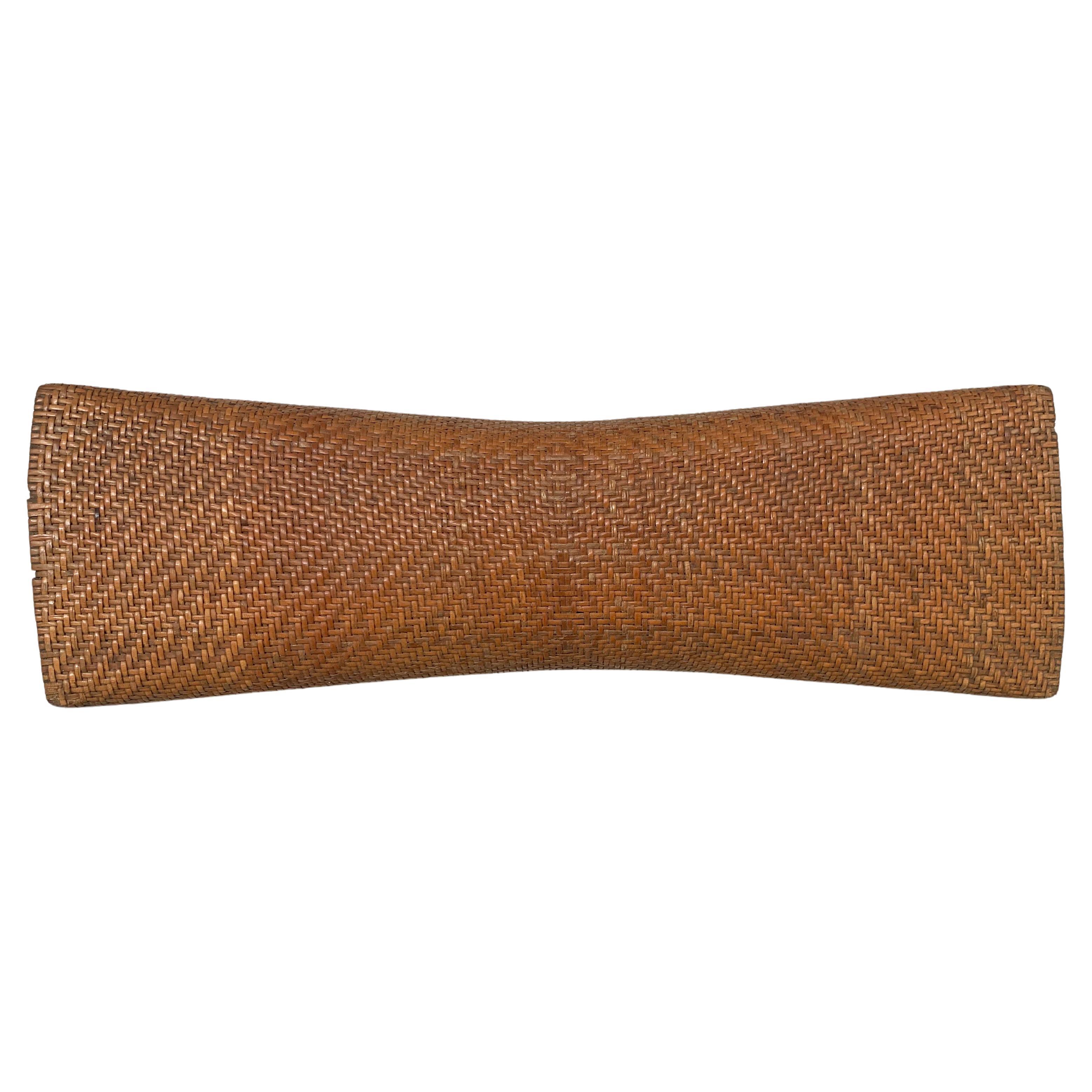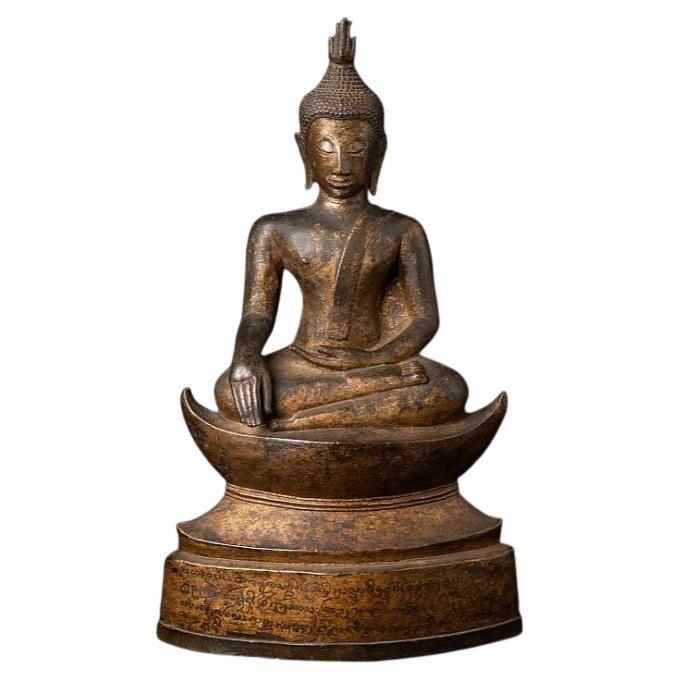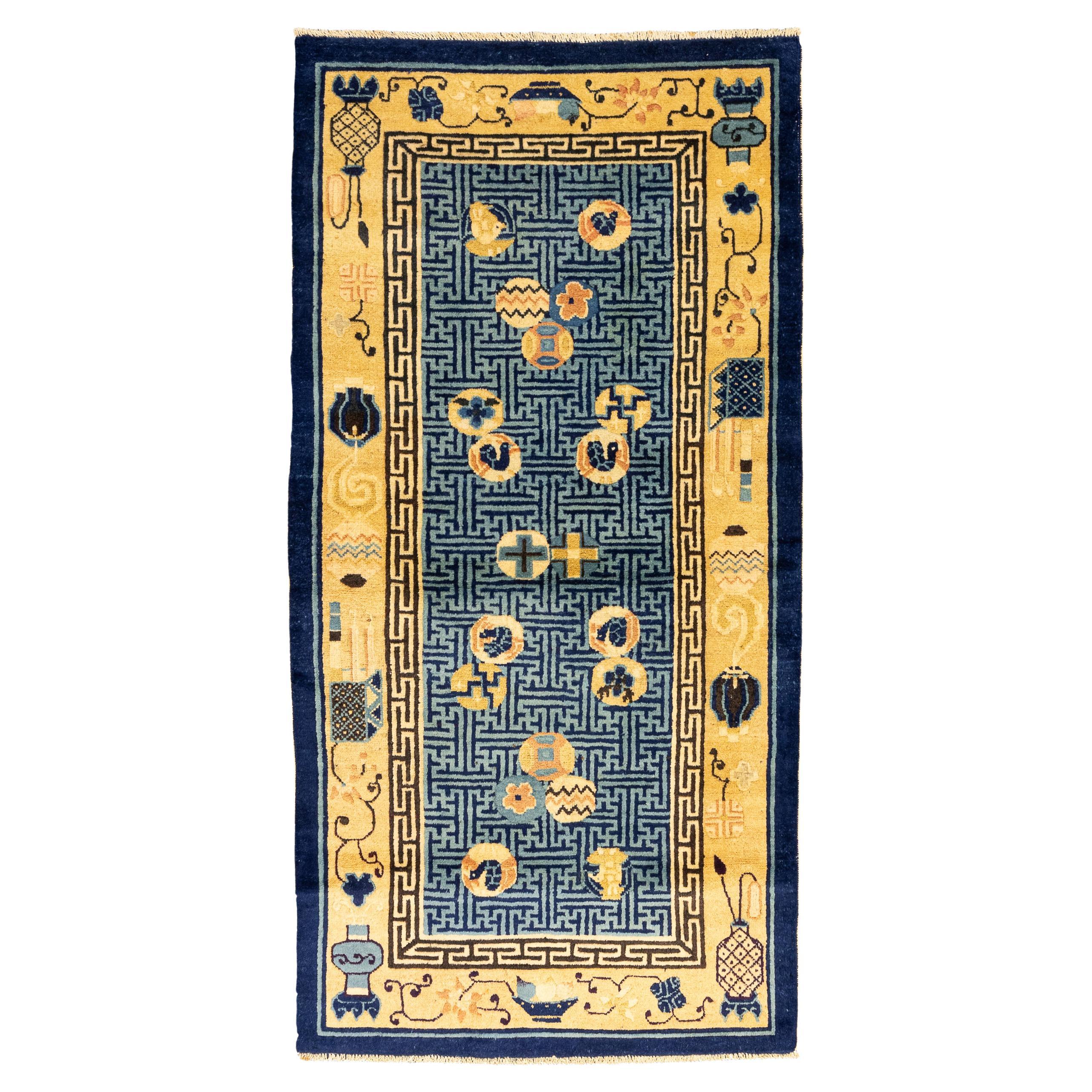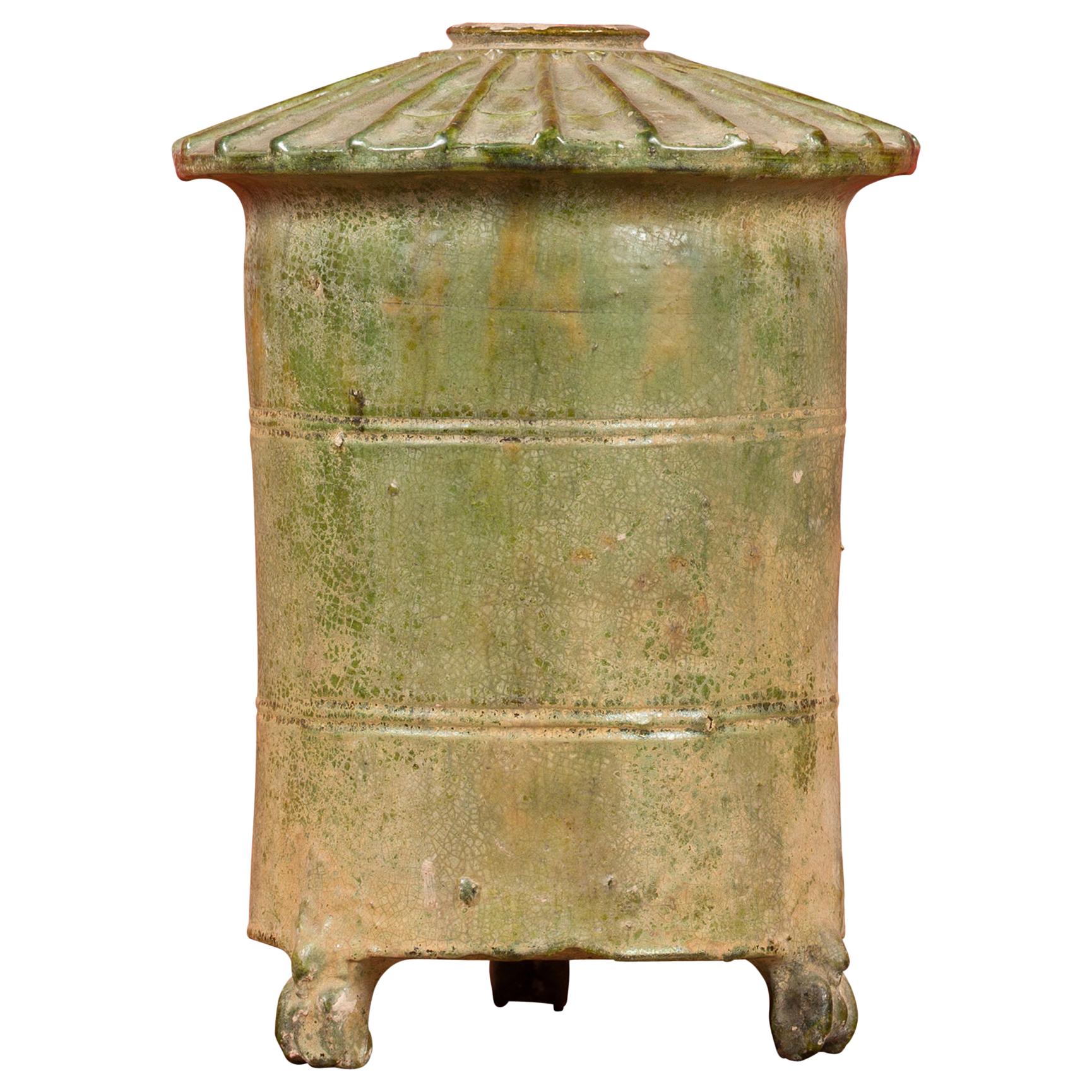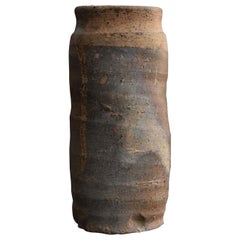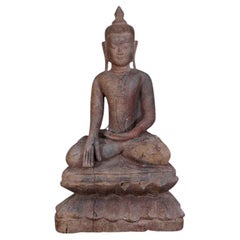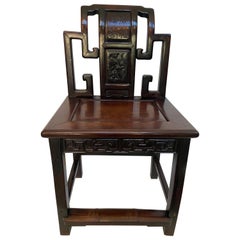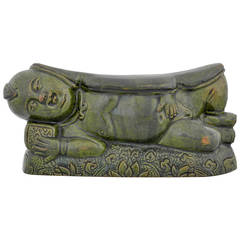
16th Century Chinese Green Terracotta Lotus Motif Pillow
View Similar Items
1 of 10
16th Century Chinese Green Terracotta Lotus Motif Pillow
About the Item
- Dimensions:Height: 4 in (10.16 cm)Width: 8.5 in (21.59 cm)Depth: 3 in (7.62 cm)
- Materials and Techniques:
- Place of Origin:
- Period:
- Date of Manufacture:1550
- Condition:
- Seller Location:New York, NY
- Reference Number:1stDibs: LU85581957472
You May Also Like
- Antique Vases in Southern China / Small Vases / 16th to 17th CenturiesLocated in Sammu-shi, ChibaIt is believed that pottery baked in southern China in the early Ming dynasty was imported into Japan. It is a small size. The upper part is slightly ...Category
Antique 15th Century and Earlier Chinese Ming Antiquities
MaterialsPottery
- 16th Century, Burmese Buddha from BurmaLocated in DEVENTER, NLMaterial: wood, Measures: 70 cm high 40 cm wide. Weight: 12.3 kgs. Ava style. Bhumisparsha mudra. Originating from Burma. 16th Century - early Ava period. A very good piece,...Category
Antique 16th Century Burmese Sculptures and Carvings
MaterialsWood
- 19th Century Chinese Carved Rosewood Chair with LotusLocated in Brea, CAA 19th century antique Chinese heavily carved rosewood chair with lotus, rosewood apron with design, see more pictures. Measures: 37.5" height x 21” x 17".Category
Antique Late 19th Century Chinese Chinese Export Antiquities
MaterialsHardwood
- 16th Century Bronze Lanna Buddha Statue from ThailandLocated in DEVENTER, NLMaterial: bronze 32,3 cm high 18,5 cm wide and 10,5 cm deep Weight: 2.833 kgs Bhumisparsha mudra Originating from Thailand 16th century With confirmed TL-test, see pictures A special Buddha...Category
Antique 16th Century Thai Sculptures and Carvings
MaterialsBronze
- Special 16th Century Bronze Chiang Sean Buddha from LaosLocated in DEVENTER, NLMaterial: bronze 60 cm high 34,5 cm wide and 22,3 cm deep Weight: 12.4 kgs Bhumisparsha mudra Originating from Laos 16th century With inlaid eyes of mother-of-pearl Long nec...Category
Antique 16th Century Laotian Sculptures and Carvings
MaterialsBronze
- 16th-Century Indo-Portuguese Colonial Mother-of-pearl Gujarat CasketLocated in Amsterdam, NLAn exceptional Indo-Portuguese colonial mother-of-pearl veneered casket with silver mounts India, Gujarat, 2nd half of the 16th century, the silver mounts Goa or probably Lisbon Measures: H. 16 x W. 24.6 x D. 16.1 cm An exceptional Gujarati casket with a rectangular box and truncated pyramidal lid (with slopes on each side and a flat top) made from exotic wood, probably teak (Tectona grandis), covered with a mother-of-pearl mosaic. The tesserae, cut from the shell of the green turban sea snail (Turbo marmoratus, a marine gastropod) in the shape of fish scales, are pinned to the wooden structure with silver ball-headed nails. The casket is set on bracket feet on the corners. The masterfully engraved decoration of the silver mounts follows the most refined and erudite Mannerist repertoire of rinceaux and ferroneries dating from the mid-16th century. The high quality and refinement of the silver mounts and, likewise, the silver nails that replaced the original brass pins used to hold the mother-of-pearl tesserae in place indicate the work of a silversmith probably working in Lisbon in the second half of the 16th century. The Indian origin of this production, namely from Cambay (Khambhat) and Surat in the present state of Gujarat in north India, is, as for the last three decades, consensual and fully demonstrated, not only by documentary and literary evidence - such as descriptions, travelogues and contemporary archival documentation - but also by the survival in situ of 16th-century wooden structures covered in mother-of-pearl tesserae. A fine example is a canopy decorating the tomb (dargah) of the Sufi saint, Sheik Salim Chisti (1478-1572) in Fatehpur Sikri in Agra district in the state of Uttar Pradesh, north India. This is an artistic production, geometric in character and Islamic in nature, where usually the mother-of-pearl tesserae form complex designs of fish scales or, similar to the dishes also made using the same technique, with the thin brass sheets and pins, stylized lotus flowers. The truncated pyramidal shape corresponds, like their contemporary tortoiseshell counterparts also made in Gujarat, to a piece of furniture used in the Indian subcontinent within the Islamic world prior to the arrival of the first Portuguese. This shape, in fact, is very old and peculiar to East-Asian caskets, chests or boxes used to contain and protect Buddhist texts, the sutras. A similar chest is the famous and large reliquary chest from Lisbon cathedral that once contained the relics of the city's patron saint, Saint Vincent. Both match in shape, having the same kind of socle or pedestal and bracket feet, and in their engraved silver mountings, featuring the same type of refined, erudite decoration. Their differences lie in the silver borders that frame the entire length of the edges of the chest (both the box and the lid), pinned with silver nails, and on the lock plate, shaped like a coat of arms in the Lisbon example. Given the exceptional dimensions of the reliquary casket...Category
Antique 16th Century Indian Jewelry Boxes
MaterialsSilver
Recently Viewed
View AllMore Ways To Browse
Antique Chinese Pillow
16th Terracotta
Chinese Recliner
16th Century Terracotta
Terracotta Pillows
Chinese Headrest
Antique Chinese Headrest
Chinese Pillow Headrest
Lotus Pillow
Japanese Antique Shops
Japanese Antique Shop
Antique Japanese Storage Box
Qing Metal
Japaneses Figurines
Figurines Japan
Japanese Figurines
Bamboo Antiques Lacquer
Edo Era
